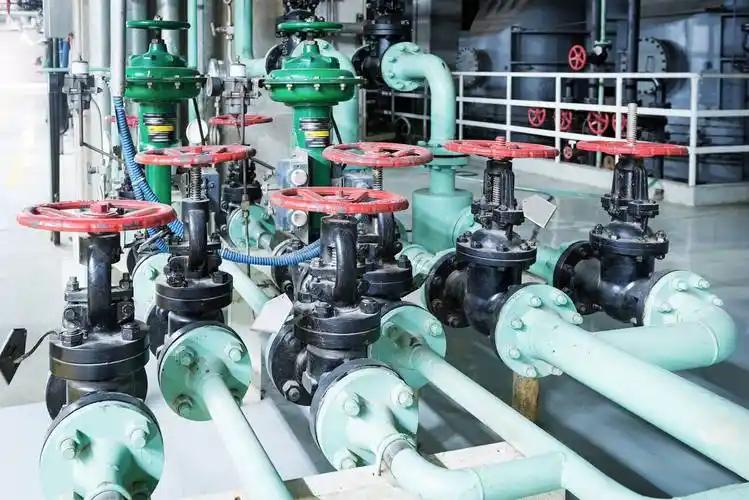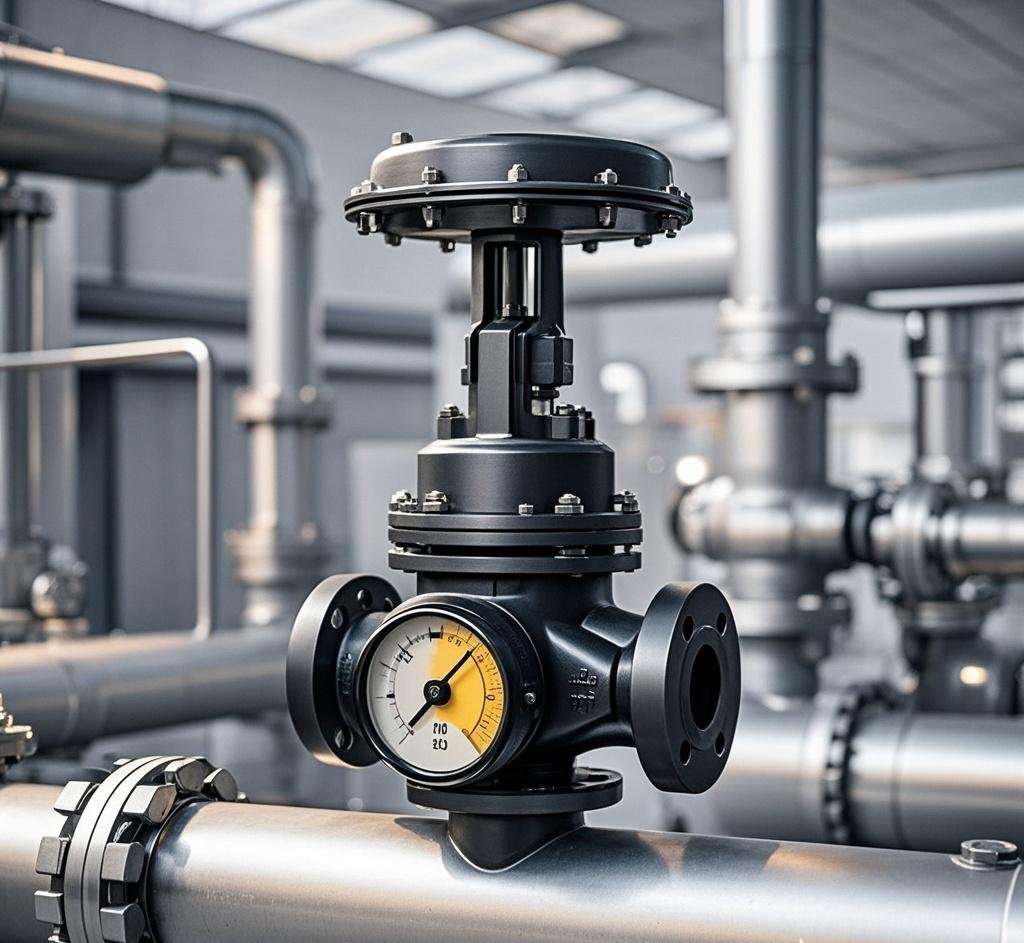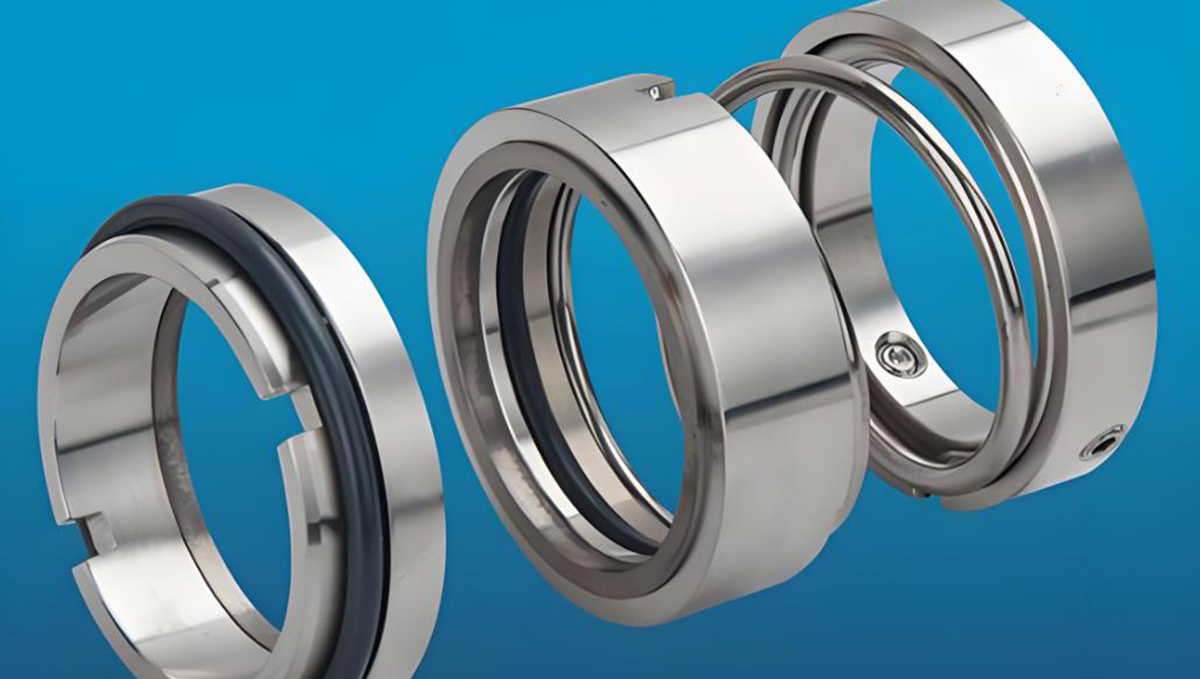Even experienced engineers can make costly mistakes in valve installation. This article compiles key misconceptions and practical solutions to help you safeguard system reliability.
- Bolts are too long
Problem: The bolt exceeds the nut by more than 2 teeth, increasing the risk of corrosion and fracture.
Solution: Calculate the bolt length accurately and make sure it is flush and not exposed. - Failure to install isolation valve
Problem: Lack of independent isolation valve makes maintenance difficult.
Solution: Install butterfly valve (save space) to realize quick isolation. - Lack of pressure gauge interface
Risk: unable to monitor the pressure in real time, relying on SCADA system there is a blind spot.
Suggestion: Reserve pressure test interface, compatible with digital pressure gauge. - Insufficient operating space
Consequence: maintenance tools can not be used, increasing downtime.
Standard: Reserve 1.2 meters of operating space and tool operating range. - Non-disassembly design
Challenge: Permanently fixed components that cannot be replaced at a later date.
Design: Adopt flange or live connection to realize modular maintenance. - Horizontal installation of concentric reducers
Mistake: Horizontal installation of concentric reducers is prone to air buildup.
Correction: Use eccentric reducers (bottom or top flat) for horizontal piping. - Valve wells without drainage
Problem: Accumulated water accelerates valve corrosion and affects operation.
Measures: Install drainage pumps or deflector tanks to maintain a dry environment. - Failure to exhaust air
Impact: Air in the pipeline leads to unstable valve action.
Method: Install exhaust valves upstream and downstream to release trapped air. - No spare port
Limitation: Cannot extend the sensor or instrument.
Optimization: Reserve blind flange interface for future upgrading.
Professional Installation Suggestions
Material selection: Use stainless steel bolts (e.g. A2-70) for corrosive environments.
Marking Management: Label valves with parameters and date of installation for traceability.
Training Compliance: Ensure your team is up to date on ASME B31.3 pipeline alignment standards.



